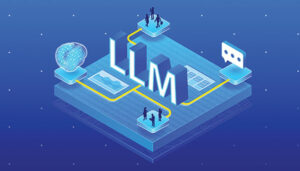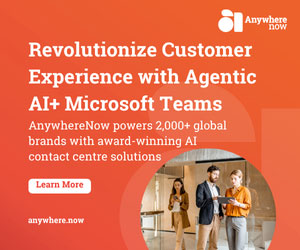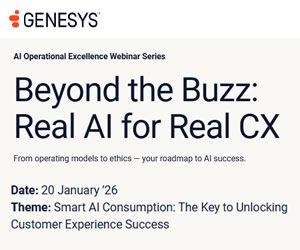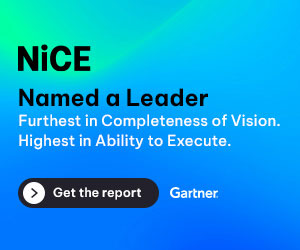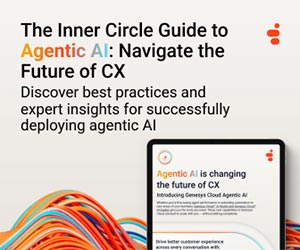Viki Patten at EvaluAgent explores how Large Language Models (LLMs) are being applied in contact centres, what to consider when selecting the right model, and why an LLM-agnostic approach can future-proof quality assurance.
AI in the contact centre is no new concept, but as the technology (and competition) has evolved, the pace of its development has sky-rocketed.
But now that you can choose a variety of ways to interact with AI – and more specifically, Large Language Models (LLMs) – how do you go about it, and what can you use them for in your contact centre?
What Are LLMs?
First things first: a definition.
Large Language Models (LLMs) are advanced AI systems trained on massive datasets of text to understand and generate human language.
Unlike traditional automation tools that follow rigid rules, LLMs can interpret nuance, context, and complexity in language. They work by predicting what text should come next based on what they’ve learned from billions of examples.
Think of an LLM as a highly sophisticated pattern-recognition system. After being trained on text from books, websites, and documents, it develops a deep statistical understanding of language.
This enables it to generate coherent responses to questions, summarize conversations, extract key information, and even reason through complex problems.
How LLMs Are Being Used Within Contact Centres
Contact centres are rapidly adopting LLMs to transform operations in several key areas:
Conversation Analysis
LLMs can automatically review agent-customer interactions across channels (voice, chat, email) to identify topics, sentiment, and compliance issues without manual review of every conversation.
Quality Scoring
Instead of sampling a tiny percentage of interactions, LLMs can evaluate 100% of conversations against quality frameworks, ensuring complete coverage and consistent scoring.
Agent Coaching
LLMs can generate personalized coaching suggestions based on actual interactions, highlighting strengths and specific areas for improvement.
Knowledge Discovery
LLMs can identify emerging issues, common customer pain points, and successful resolution strategies by analysing conversation patterns across the entire contact centre.
Real-Time Assistance
Some implementations provide agents with suggested responses or relevant information during live conversations, improving first-contact resolution rates.
As the technology continues to evolve, there’s no doubt that the use cases will too – but for now, there’s plenty of scope to be using LLMs across your contact centre.
Choosing the Right LLM For Contact Centre Quality Assurance
When selecting an LLM for quality management purposes, there are a number of critical factors you’ll need to consider to ensure worthwhile results:
- Domain relevance: The LLM should understand contact centre terminology and industry-specific language. Generic models may miss nuances crucial to accurate evaluation.
- Customizability: Look for solutions that can be fine-tuned to your specific quality framework, company policies, and industry regulations.
- Transparency: The system should explain its evaluations, providing rationales, not just scores. This builds trust, as well as offering actionable feedback.
- Integration capabilities: The LLM solution should connect seamlessly with your existing systems (CRM, telephony, workforce management).
- Data security: Ensure the solution meets your compliance requirements for handling sensitive customer information.
- Scalability: The system should handle your full conversation volume without compromising performance or significantly increasing costs.
Proprietary vs. Market-Leading vs. In-house models
Proprietary LLMs
- Benefits: Custom-built for contact centre applications with industry-specific training
- Challenges: May lack the extensive training of larger models, potentially limiting understanding of edge cases
Market-Leading LLMs (like GPT-4, Claude, etc.)
- Benefits: Cutting-edge capabilities, regular updates, and broad language understanding
- Challenges: Potentially higher costs, less control over future development, and possible privacy concerns
In-House LLMs
- Benefits: Complete control over training data and customization
- Challenges: Requires significant technical expertise and computational resources to develop and maintain
Why Being LLM Agnostic Matters
Working with a provider who maintains their intellectual property in the prompt layer, rather than tying to a specific model, offers several critical advantages:
Future-proofing
As LLM technology rapidly evolves, you’re not locked into yesterday’s technology. Your quality management can leverage the latest advancements without system overhauls.
Cost Optimisation
LLM-agnostic solutions can switch between models to optimize for both performance and cost, using more sophisticated models only when necessary.
Reliability
If one LLM provider experiences downtime or discontinues a model, your operations can continue uninterrupted by switching to alternatives.
Customization Flexibility
The prompt layer contains the specialized knowledge about contact centre quality, allowing consistent evaluation frameworks regardless of the underlying model.
Balanced Approach
By focusing development on the prompt layer, providers combine deep contact centre expertise with the best available language models, offering superior results compared to either generic LLMs or narrowly trained proprietary systems.
Contact centres that choose LLM-agnostic platforms position themselves to continually benefit from AI advancements while maintaining stable, consistent quality evaluation processes tailored to their specific needs.
This blog post has been re-published by kind permission of EvaluAgent – View the Original Article
For more information about EvaluAgent - visit the EvaluAgent Website
Call Centre Helper is not responsible for the content of these guest blog posts. The opinions expressed in this article are those of the author, and do not necessarily reflect those of Call Centre Helper.
Author: EvaluAgent
Reviewed by: Rachael Trickey
Published On: 13th Oct 2025 - Last modified: 15th Oct 2025
Read more about - Guest Blogs, EvaluAgent, Viki Patten




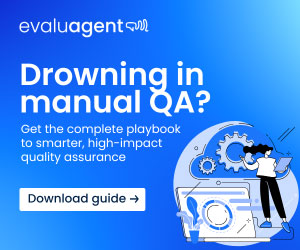

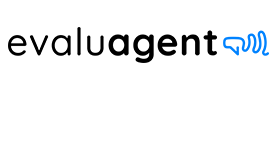 EvaluAgent provide software and services that help contact centres engage and motivate their staff to deliver great customer experiences.
EvaluAgent provide software and services that help contact centres engage and motivate their staff to deliver great customer experiences. 

